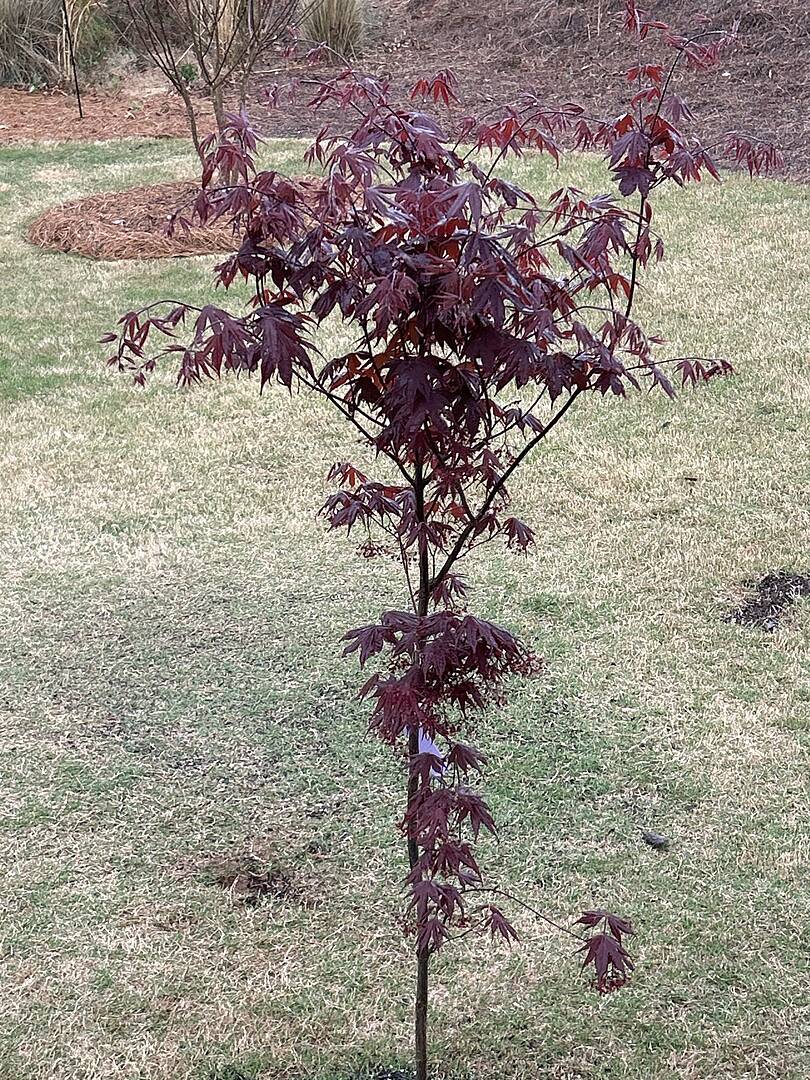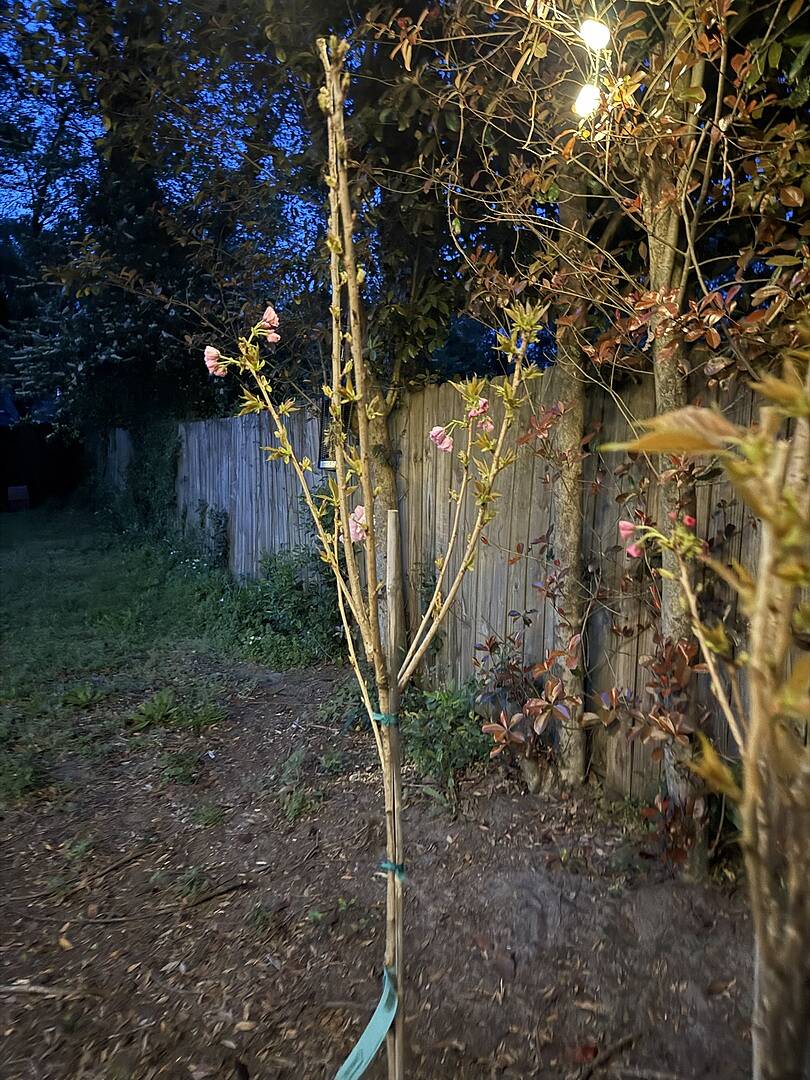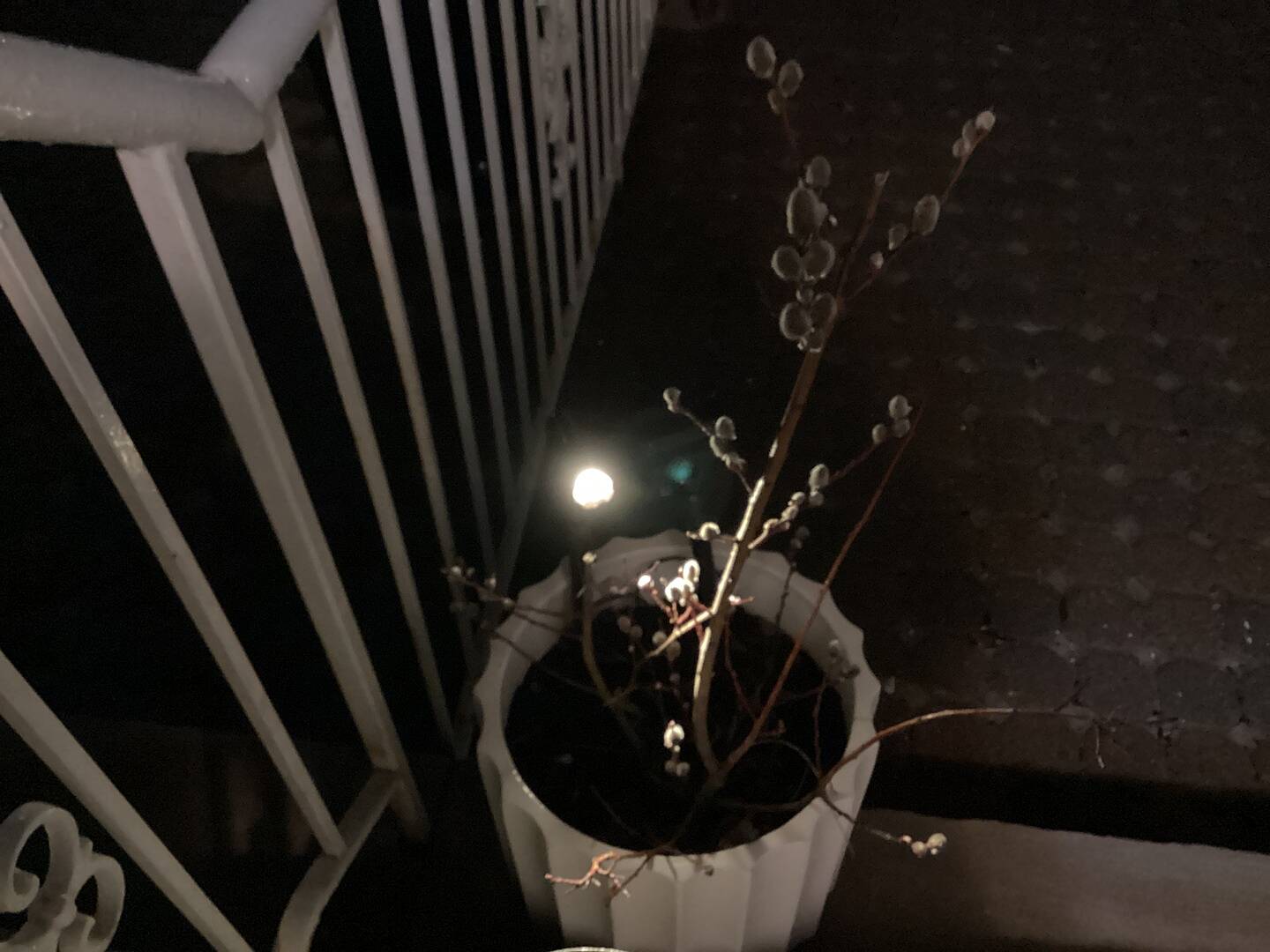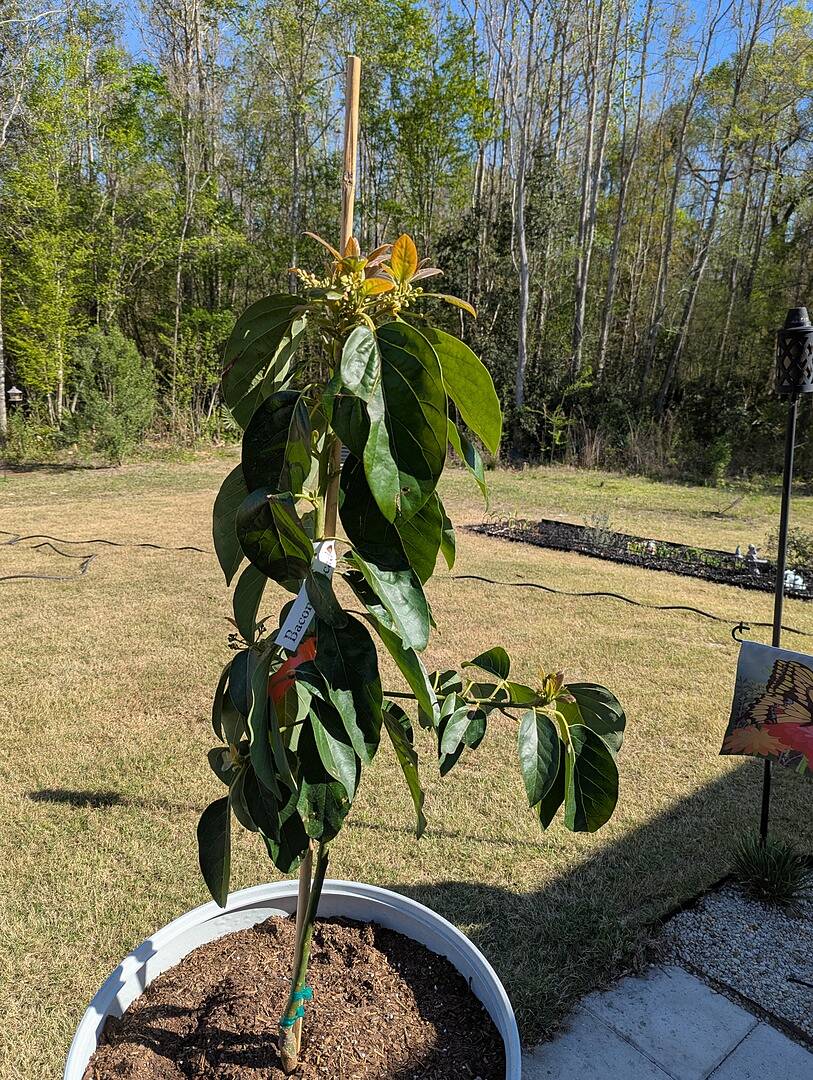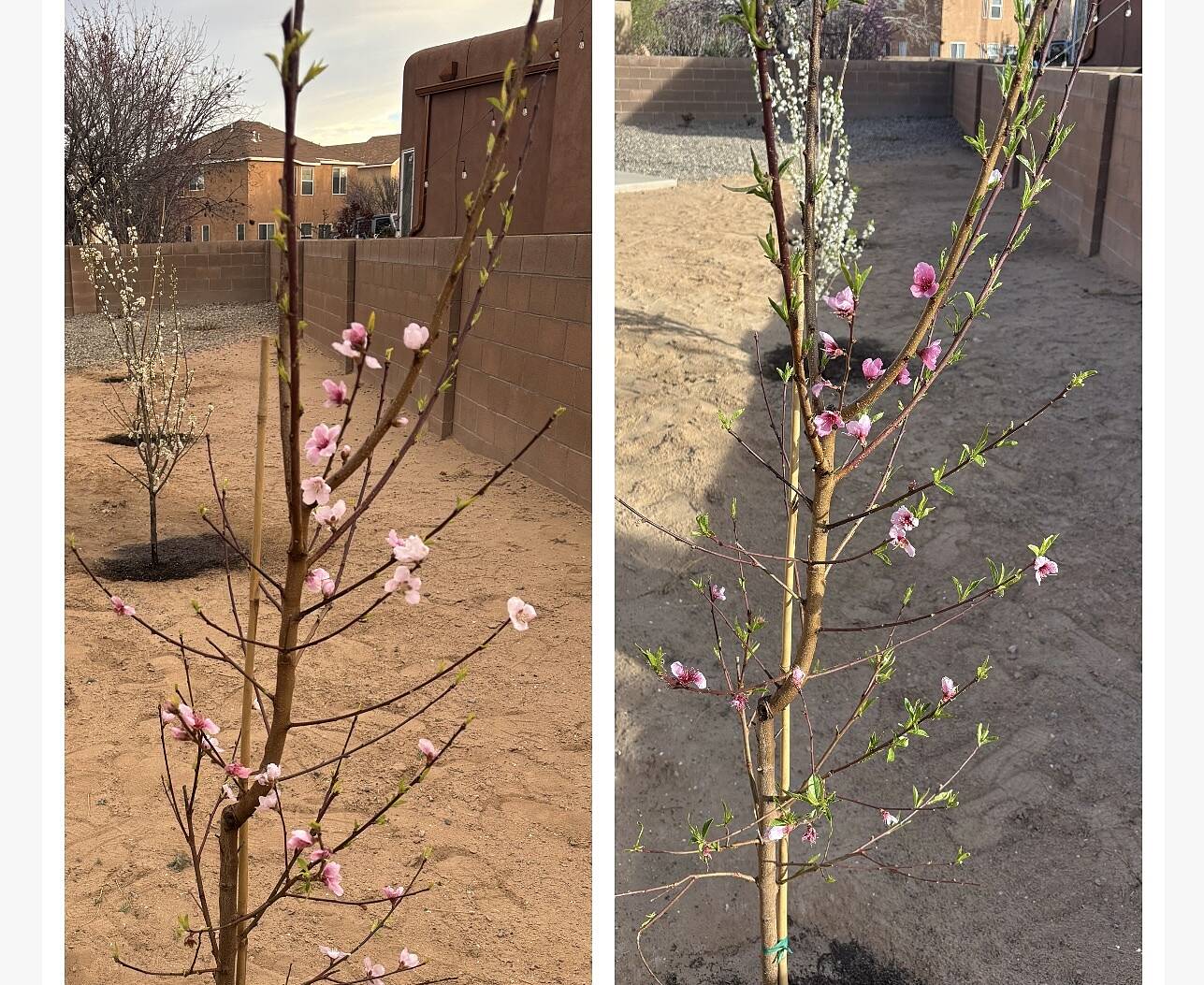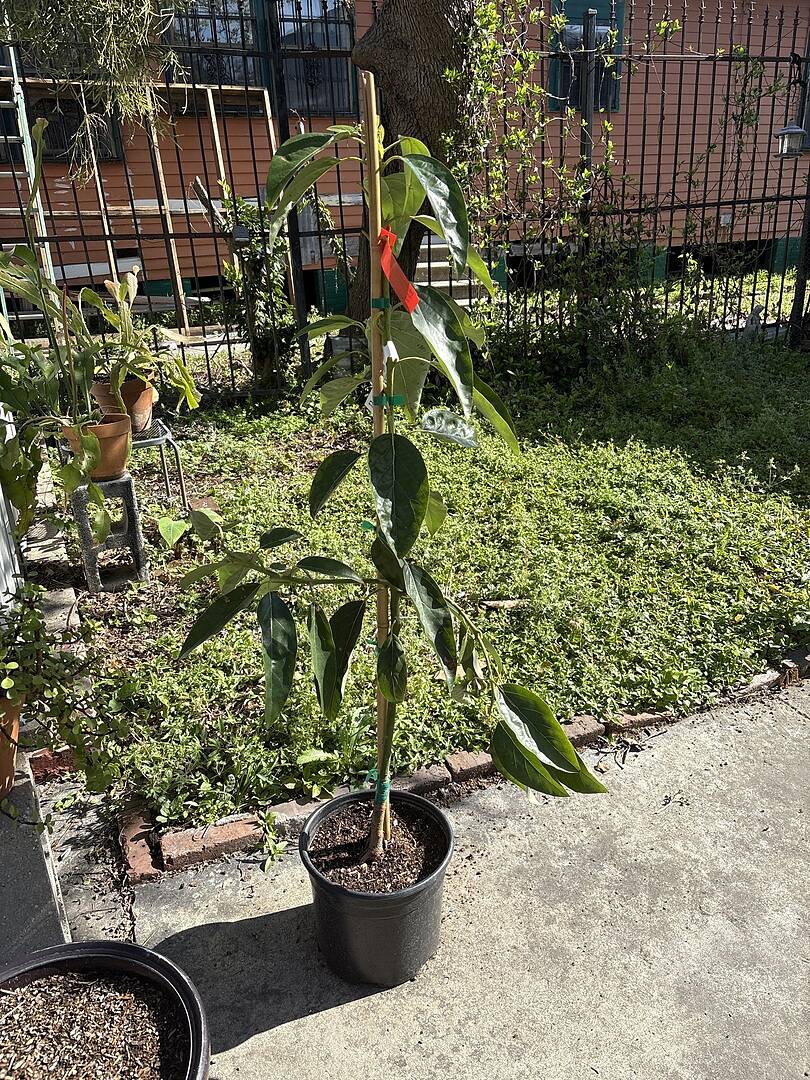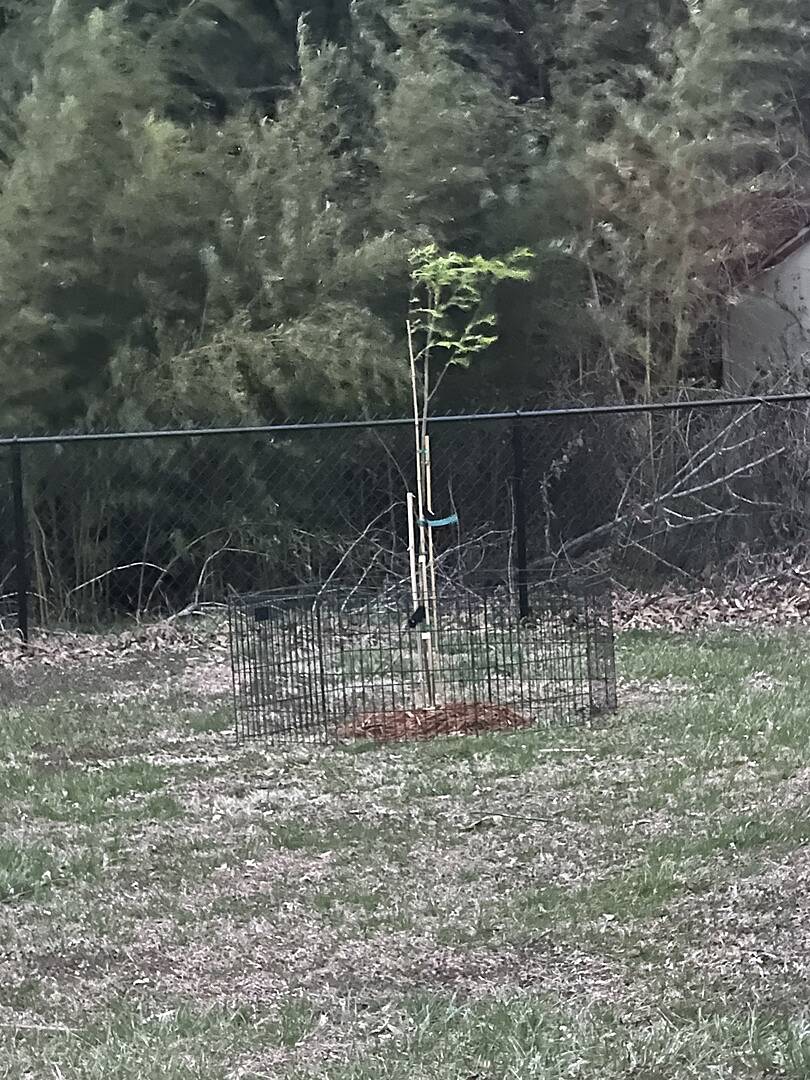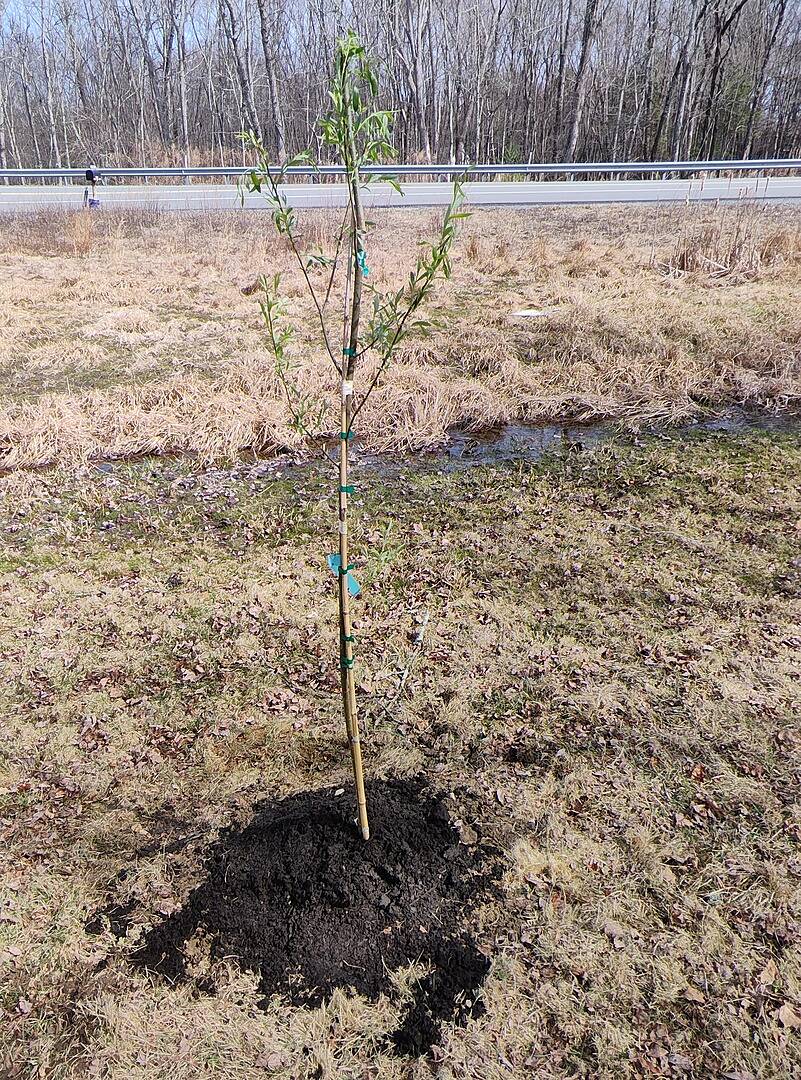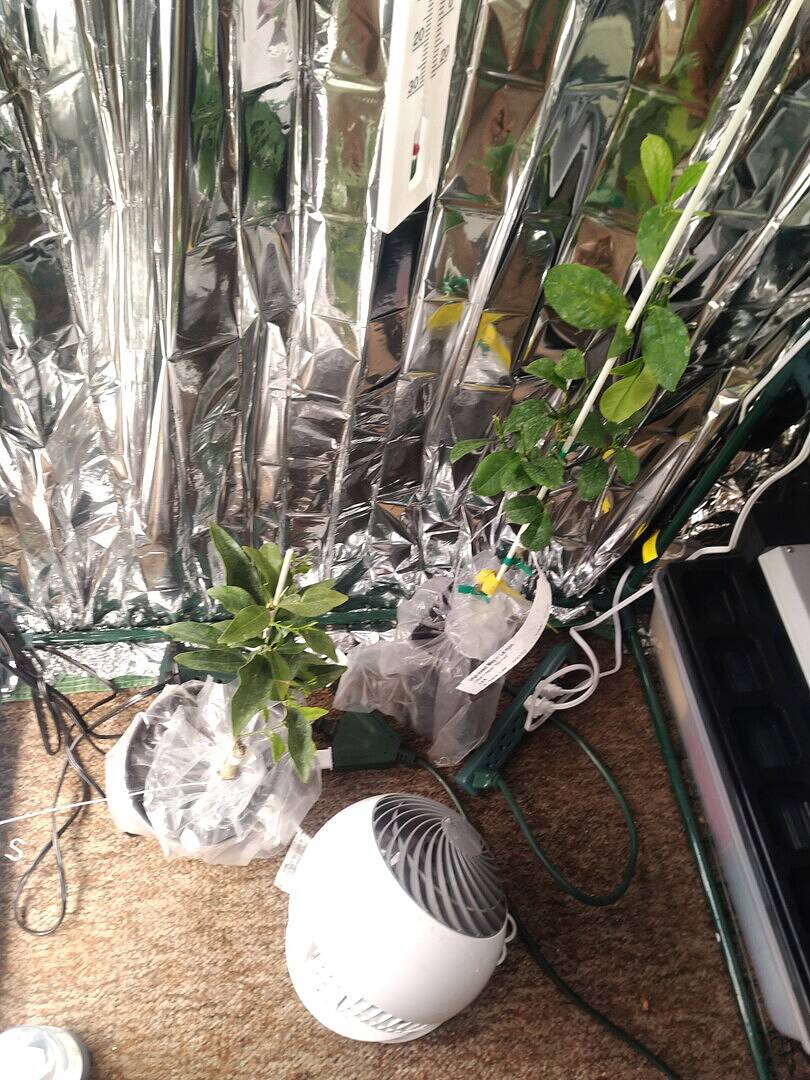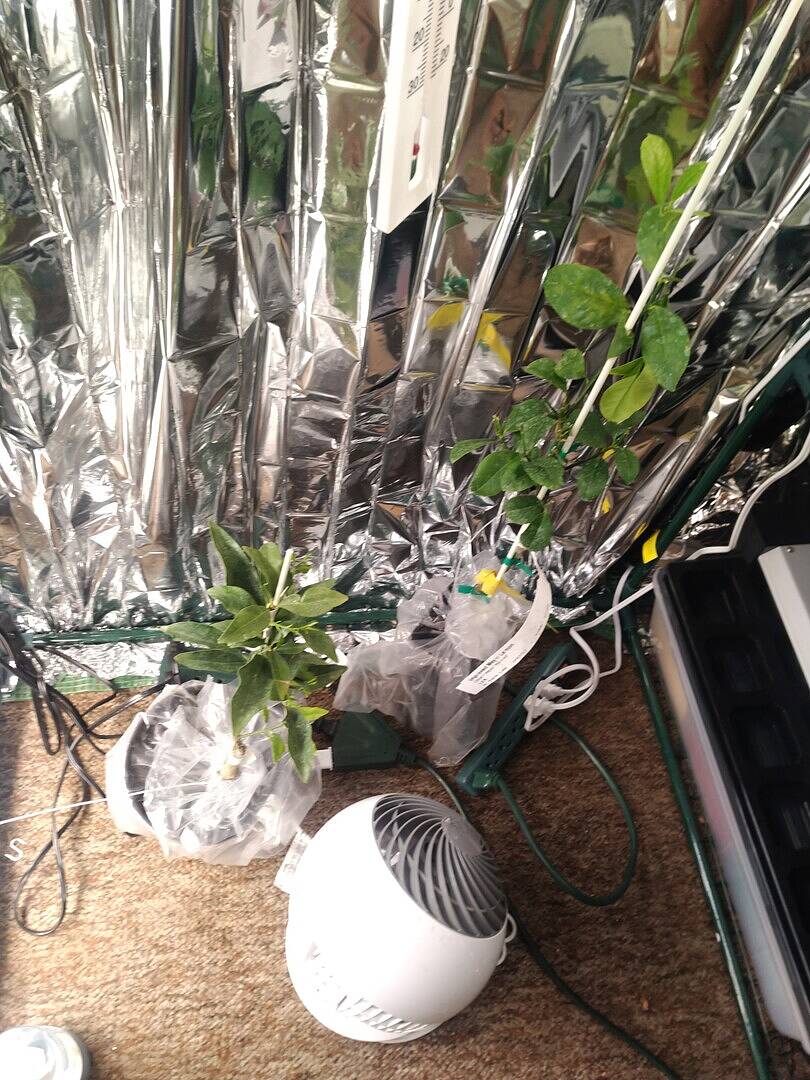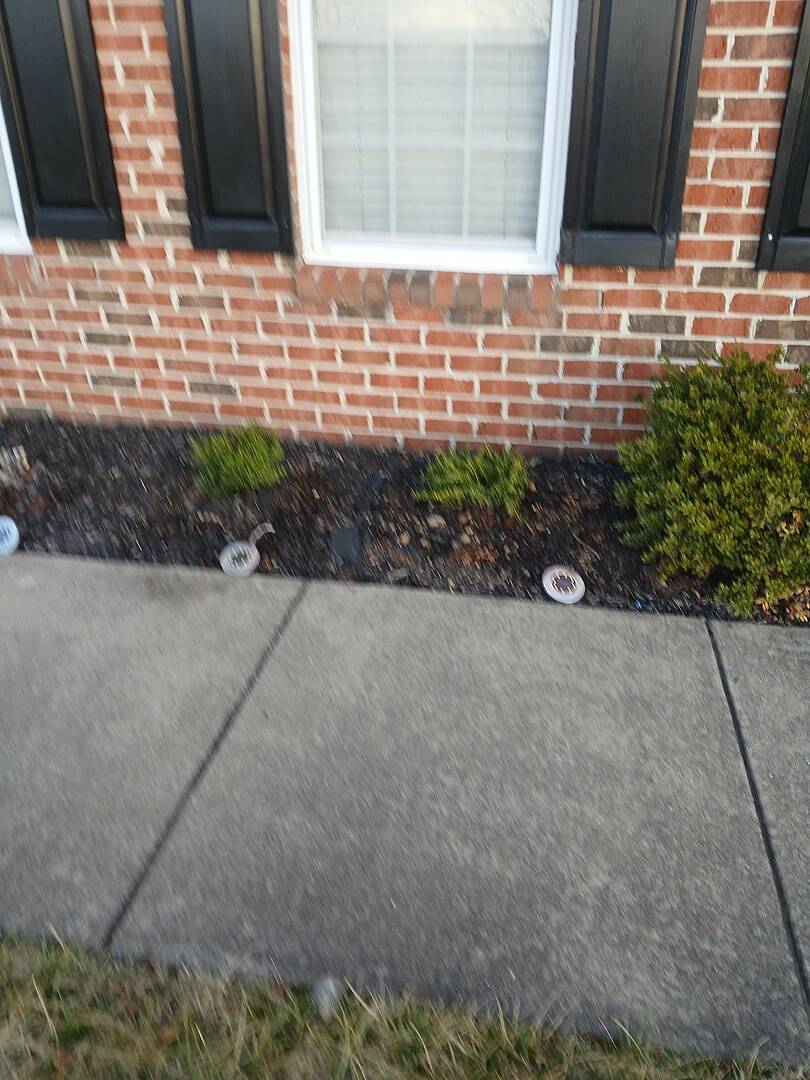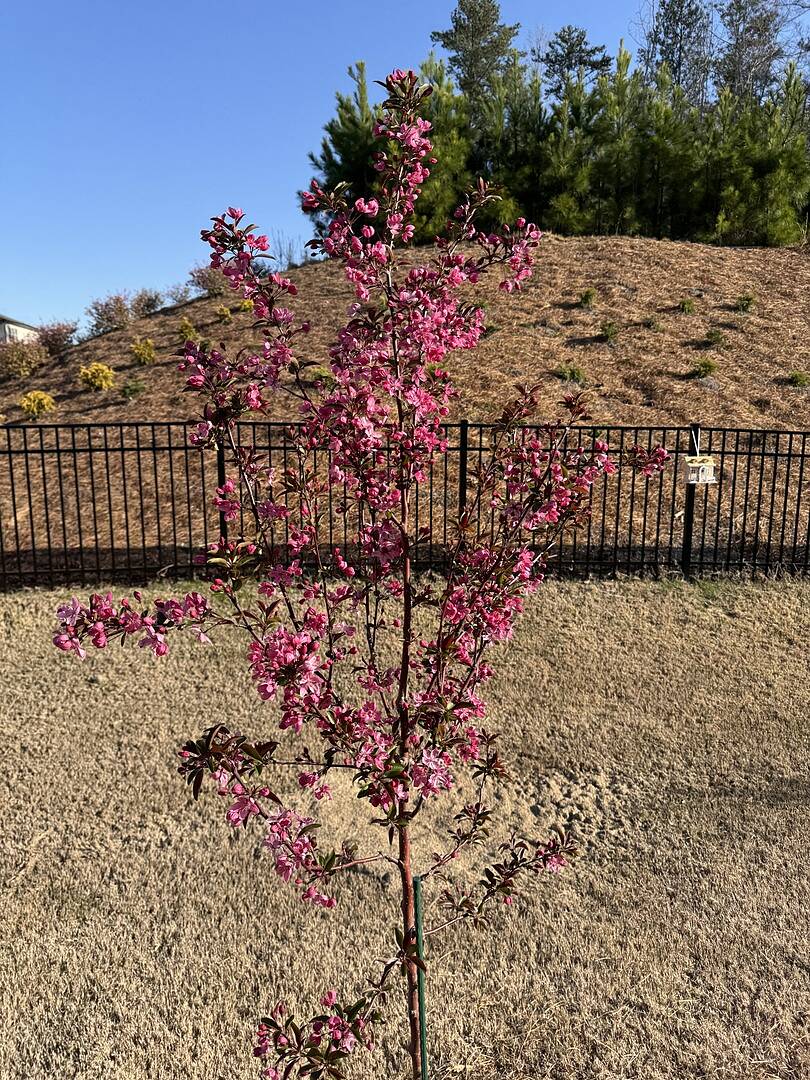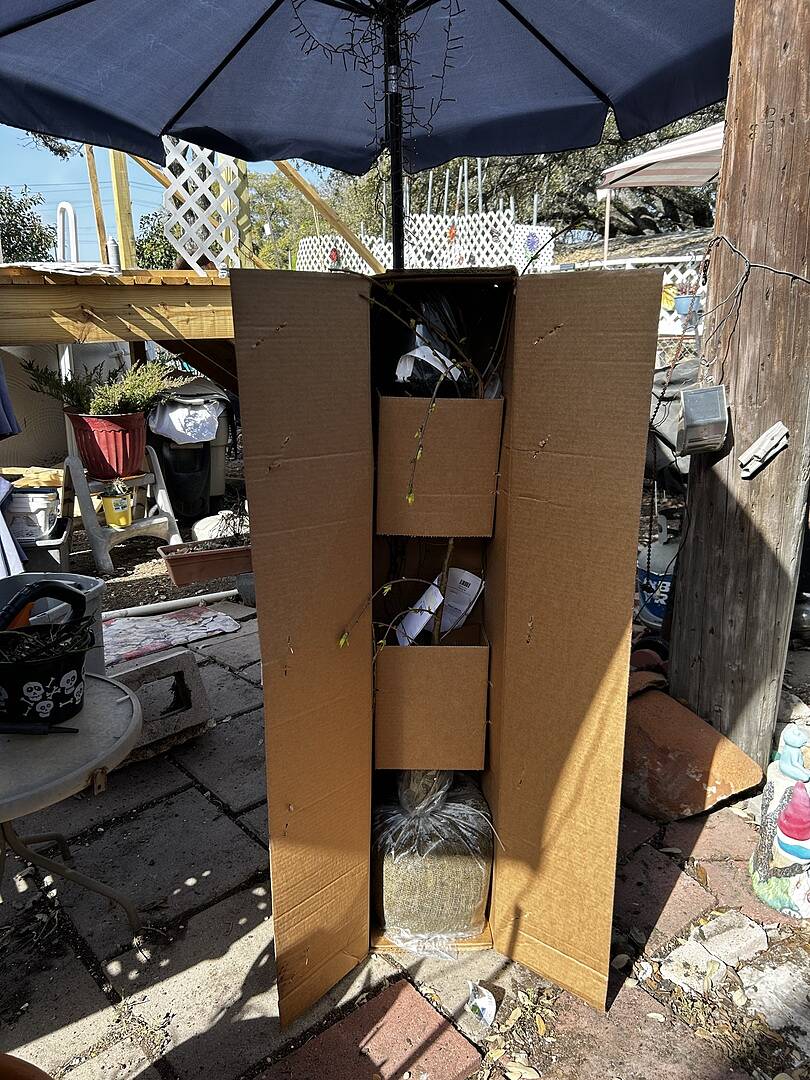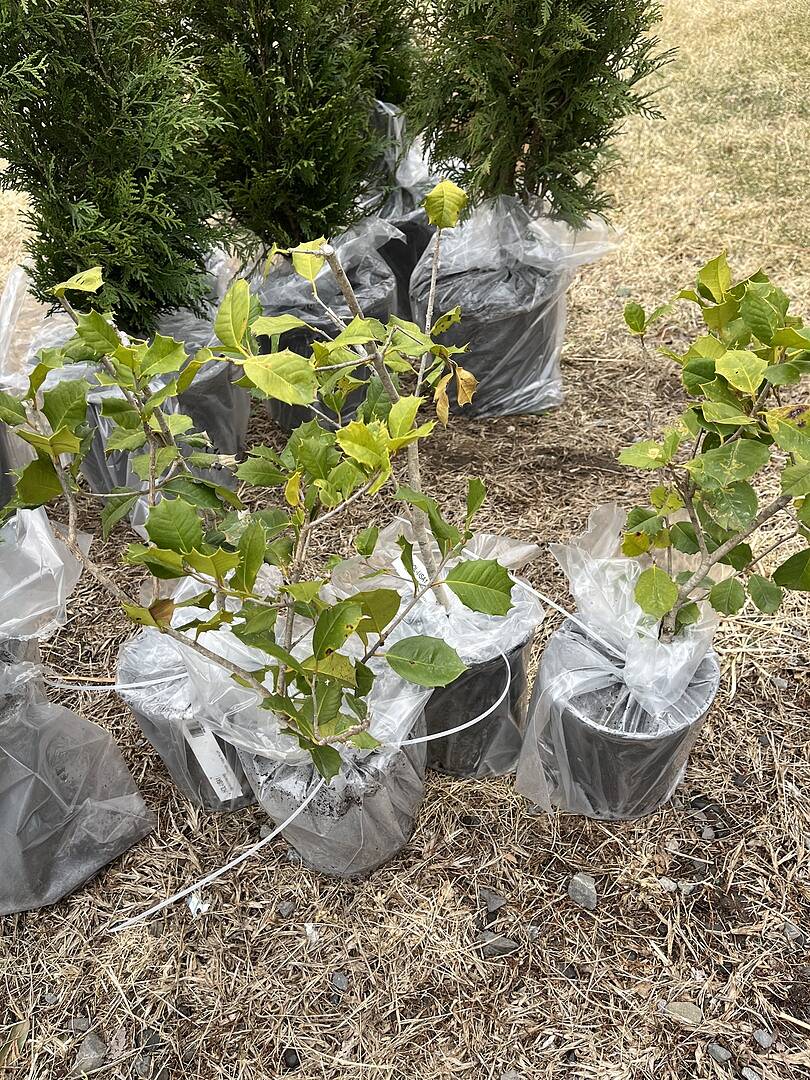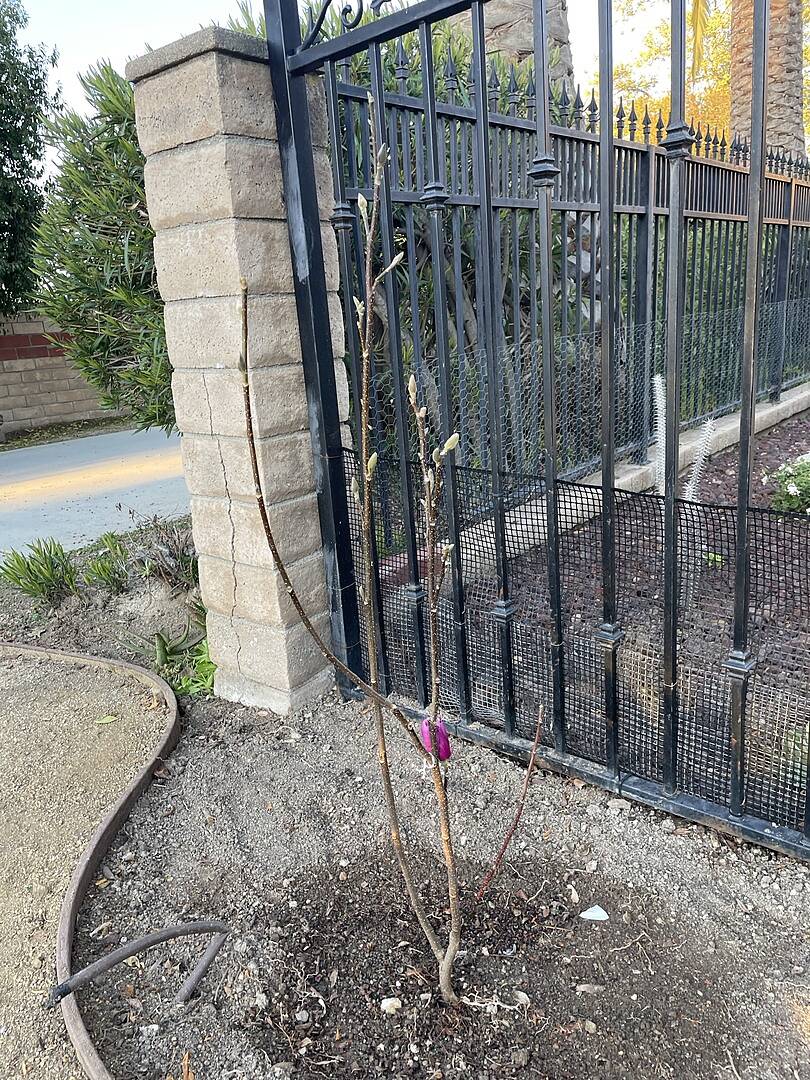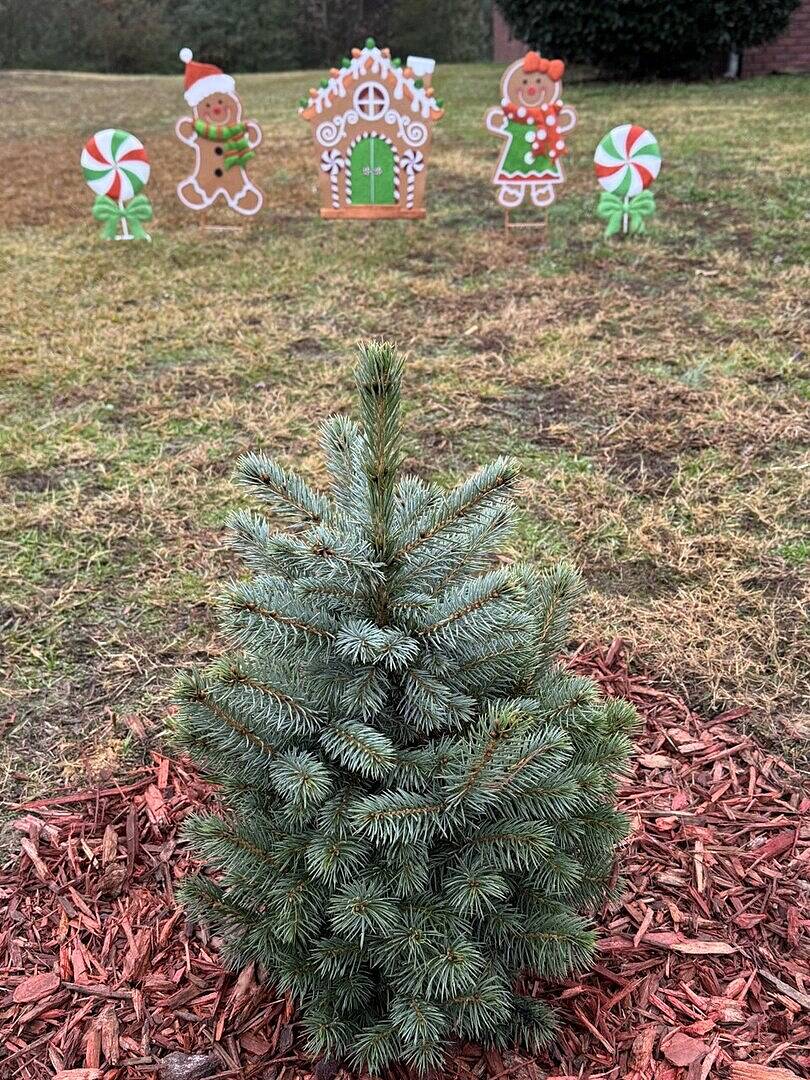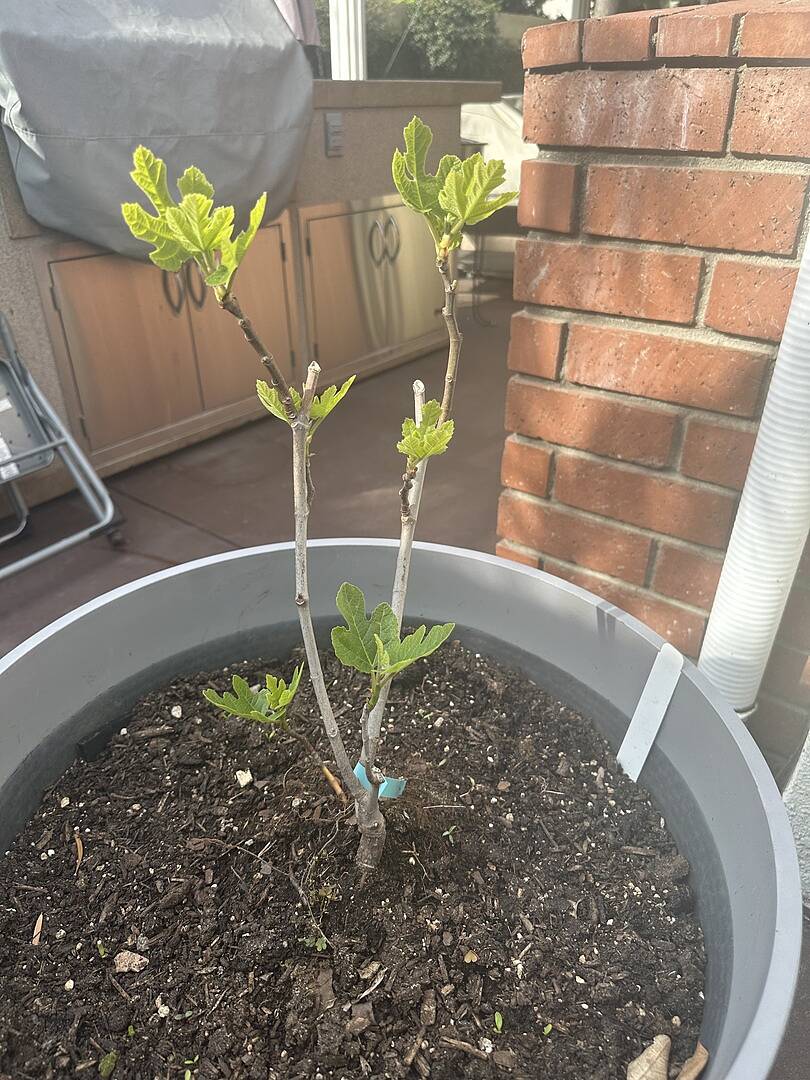Clementines: Facts, Tips and Tricks

Last updated: Jun 01 2022

Every December, you probably notice citrus hitting the shelves of supermarkets at lower prices. This is because winter is citrus season, so there’s an abundance of fresh oranges, lemons, and limes.
One of the most popular seasonal citrus fruits you'll find? Clementines! So, we’ve decided to review facts and key care tips for this delicious little fruit. Keep reading to check it all out.
Facts
Here's 7 fun facts to help you get to know clementines a little better:
1. Clementines are hybrids between mandarin oranges and sweet oranges.
2. Some sources say that a French monk by the name of Marie-Clement Rodier created the hybrid tree. Other sources say that the clementine existed in China years before Rodier made his hybrid. Either way, clementines made it to America in 1909.
3. Although tangerines and clementines are both linked to mandarins, clementines taste very sweet while tangerines taste sour.
4. Tangerines have seeds, but clementines are seedless. Sometimes clementines are referred to as "seedless tangerines," and due to their ripening season from November to January, they’re also known as "Christmas oranges."
5. You can recognize a clementine by its small shape. They’re wider than they are tall and have smooth, glossy skin.
6. The skin on clementines is extremely easy to peel. Also, clementines can very easily be broken apart into 8 to 14 different sections.
7. The benefits of eating clementines include fiber, calcium, potassium and vitamin C intake. Boost your health while enjoying a tasty snack with this power-packed fruit!

Tips and Tricks for Clementines
Check out our videos below for expert info on caring for your citrus trees so they'll stay healthy and thriving for seasons to come! Plus, view our list of tips further below to help you grow with ease.
1. Clementine trees flourish in full to partial sunlight. Even though they prefer full sun, they can tolerate shade.
2. Sandy soil is best for clementine trees, but they'll adapt to your natural soil. To make your soil sandier, mix in sand or a fine potting mix. Just make sure that your soil is well-draining.
3. Don’t overwater your tree. Check on your soil every few days, and only give your trees water when your soil is dry to the touch, down about 2 inches below the surface.
4. In the early spring and early fall, give your trees some citrus fertilizer that’s high in acidity. Be sure to wait until your tree has had one year of growth before you fertilize it.
5. Clementine trees produce white flowers in the spring before their fruit begins to grow. Your fruit will be ripe and ready to harvest towards mid-November when its skin turns fully orange. If you see green on the skin or around the stem, then your clementines aren’t ready to be harvested.
6. Clementine trees are recommended for growing zones 8 through 11 and are cold hardy down to about 20 degrees.
7. If you live in an area that gets colder than 20 degrees, plant your trees in containers and bring them indoors when it gets cold. These trees do extremely well in pots and indoors. Just place them by a large, sunny window and watch them take off!
To learn more about delicious clementine trees and to snag your own, check out our fresh selection!

Written by
Blair Brown
Blair is the Content Marketing Manager at FastGrowingTrees.com, and though she's not your traditional gardener, the planting world is definitely growing on her (pun intended!). She's enjoyed digging into plant care and maintenance and growing her plant collection, especially with exotic indoor varieties.
Featured Product

Clementine Tree
208 reviewsStarting at $56.95



































